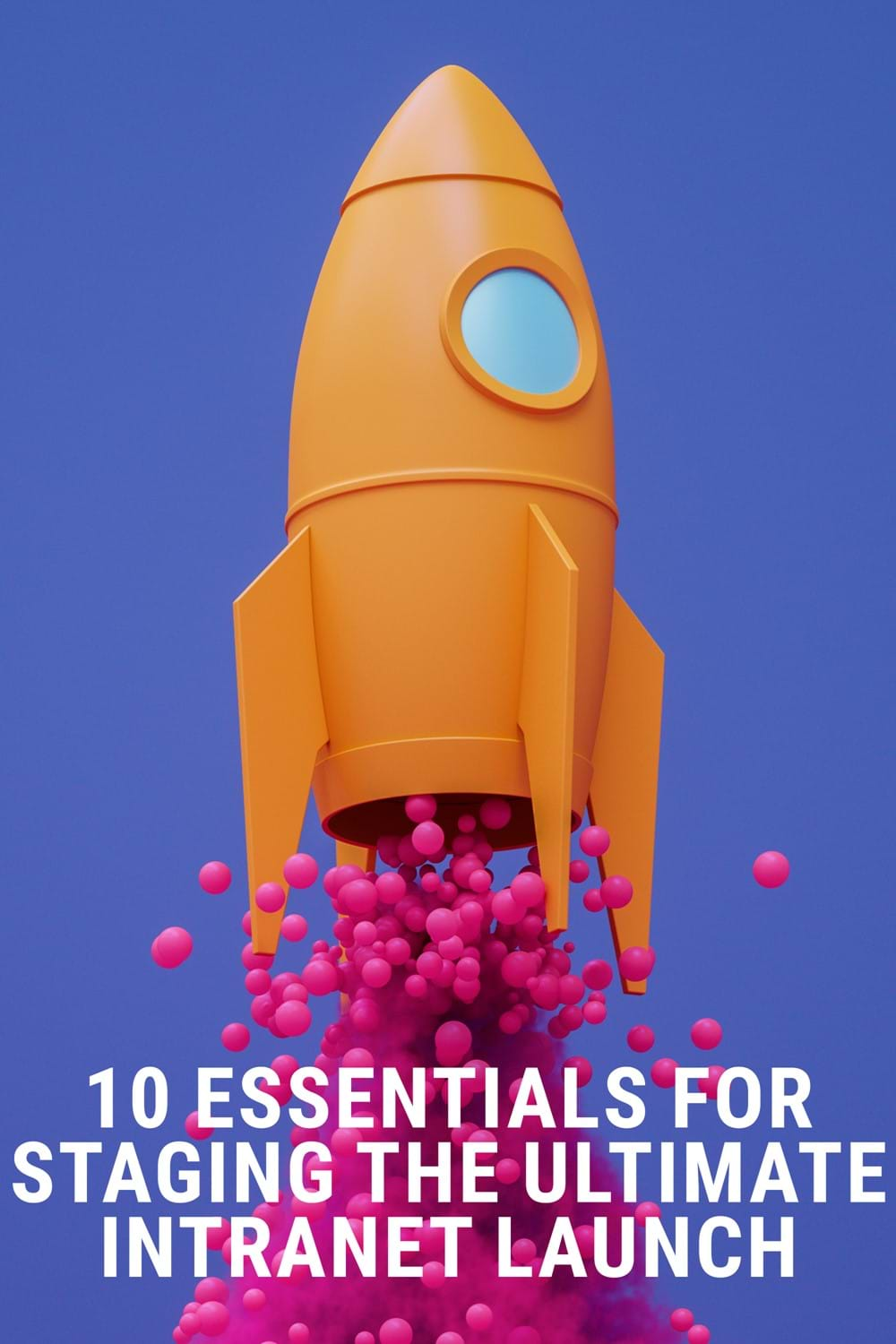10 essentials for staging the ultimate intranet launch
Launch activities are an essential part of maximizing returns on an intranet investment. Planning an effective launch gets new sites buzzing from day one, resulting in faster adoption and increased engagement. Whether there’s budget available – or just manpower and internal communications – the key to a successful intranet launch is having a solid plan backed by reams of enthusiasm.

Get the free guide
Launching a new intranet can be a daunting prospect. After all the time spent pitching, planning, testing and perfecting, this is the final step before success. You only get one shot at a launch, so it's important to take the time to get it right. An effectual launch sets you in good stead moving forward, helping you drive on-going engagement and best practice.
Over the years, we've worked with some of the biggest and most progressive companies across the globe to deliver intranet solutions that guarantee adoption. This guide is designed to summarize the most successful launch strategies we've seen employed thus far.
This guide will:
- Explain the importance of planning an impactful launch
- Recommend launch activities to build excitement, demand engagement and ensure adoption
- Suggest novel ideas for self-led training that reduces the need for intensive sessions
- Advise on strategies for managing change and confronting resistance
Who should read this guide?
This guide is suitable for anyone planning or implementing an intranet launch, particularly internal communications teams or digital workplace managers charged with ensuring intranet success.













